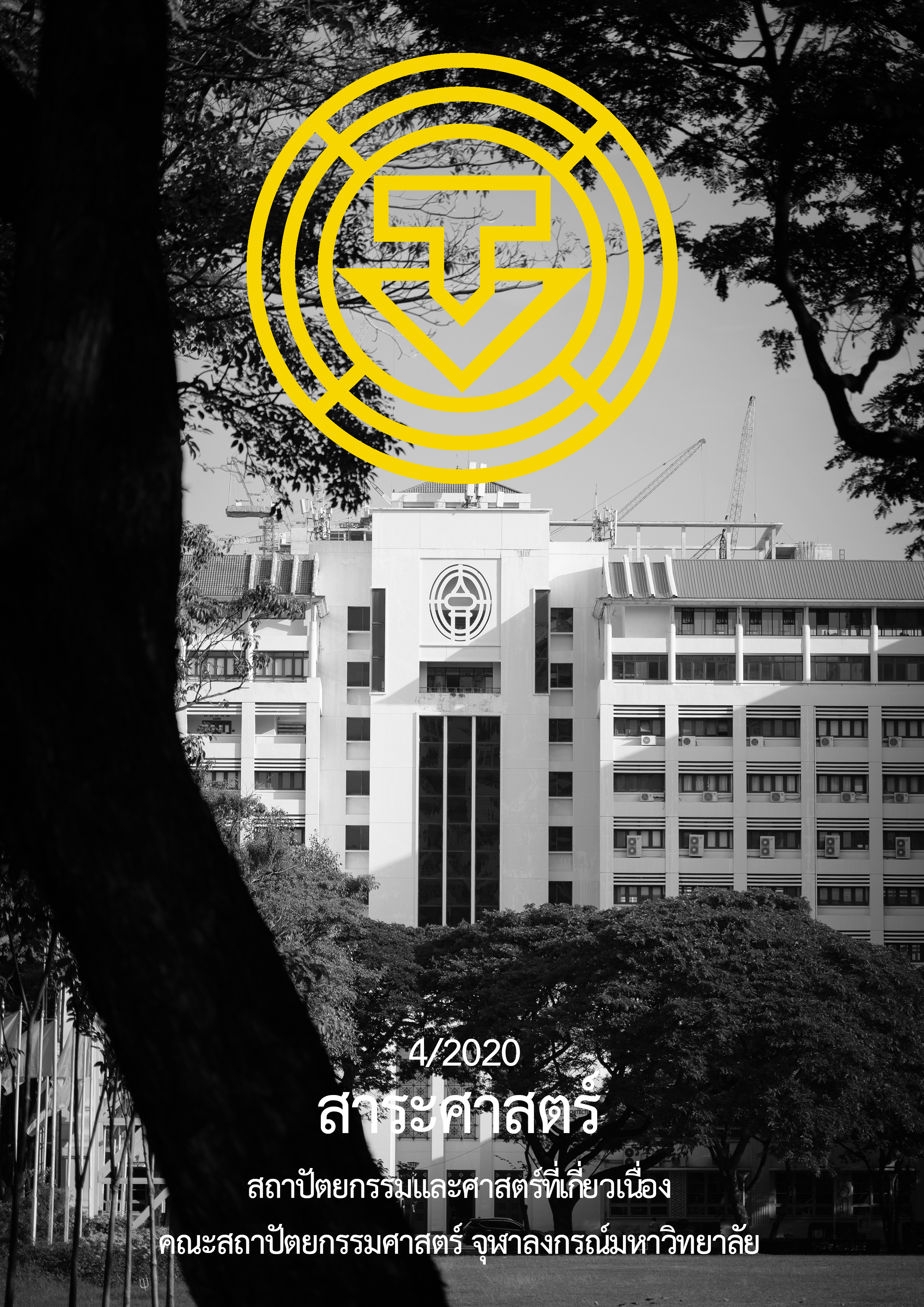The Influence of Background Music on Emotion and Creativity in Co-Working Space
Main Article Content
Abstract
The purpose of this article is to study on the influence of the background music affected to emotion, feeling and creativity of people using Co-working space. Two genres of music assigned tempo at Allegro were used in comparison between place with background music and place without background music. One is Jazz Bossa Nova and the other is Rock. The study was an experimental research with the conceptual framework applied from S-O-R model, 60 research participants were divided into 3 independent group equally (n = 20).
The 2 situation of experiment have been done in co-working space. The Jazz Bossa Nova and Rock music were provided as a background music group through wireless on-ear headphones, as for without background music group, only ambient sound was provided. While the experiment was going on, participants had been doing questionnaires consist of general information, divergent thinking quiz and PAD emotion model assessment by using emotional opposite word. The result has shown that Jazz Bossa Nova music and Rock music used in experimental group with background music had influence on every emotional opposite words, and significantly difference level of 0.05 from experimental group without background music. About the comparison of creativity, the result has shown that there is significantly difference level of 0.05 between 3 groups in term of creativity, especially in the experimental groups with background music which have higher average. The higher average correlated to PAD emotion model assessment in moderate positive level. In case of revisiting behavior, it found that the experimental group with Jazz Bossa Nova had the highest revisiting rate, while the experimental group without music had the lowest revisiting rate. In comparison, two genres of music used in this experiment contribute to the improvement of emotion and creativity, and also be one of the factors for the service of co-working space.
Article Details
References
ช่อผกา กิระพล. (2560, กันยายน-ธันวาคม). ทัศนคติและมุมมองการสร้างความสุขจากดนตรีของผู้สูงอายุในพื้นที่กรุงเทพมหานครและปริมณฑล. วารสาร Veridian E-Journal, 10, 363-373.
ไพรัตน์ วงษ์นาม. (2523). การสร้างแบบทดสอบวัดความคิดสร้างสรรค์สำหรับนักเรียน มัธยมศึกษาตอนต้นในจังหวัดอุดรธานี. วิทยานิพนธ์ปริญญามหาบัณฑิต, มหาวิทยาลัยศรีนครินทรวิโรฒ).
วัลลภ กรานวงษ์. (2556). การฟังเสียงเพลงบรรเลงและการมองภาพสวยงามที่มีผลต่อความคิดสร้างสรรค์ของข้าราชการ กระทรวงเกษตรและสหกรณ์. (วิทยานิพนธ์ปริญญามหาบัณฑิต, มหาวิทยาลัยเทคโนโลยีพระจอมเกล้าพระนครเหนือ).
วิจิตพาณี เจริญขวัญ. (2556). ระบบและทฤษฎีทางจิตวิทยา (PSY 4001) (พิมพ์ครั้งที่ 4). กรุงเทพมหานคร: สำนักพิมพ์มหาวิทยาลัยรามคำแหง.
ศศิธร พุมดวง. (2548, พฤษภาคม-มิถุนายน). ดนตรีบำบัด. วารสารสงขลานครินทร์เวชสาร, 23, 185-191.
สุชาดา สุดปัญญา. (2560, มกราคม-มิถุนายน). ความพึงพอใจของผู้ใช้บริการธุรกิจออฟฟิตร่วมแบ่งปันในกรุงเทพมหานคร. วารสารการบริหารและจัดการ, 7, 61-71.
สุพิชญา แผ่นทอง. (2556). ปัจจัยที่มีผลต่อการฟังเพลงออนไลน์ทางสถานีวิทยุ SEED FM. 97.5 เมกะเฮิร์ตซ์ ของประชาชนในกรุงเทพมหานคร. (วิทยานิพนธ์ปริญญามหาบัณฑิต, มหาวิทยาลัยรามคำแหง).
อภิชาติ เนินพรหม. (2559). การพัฒนารูปแบบกระบวนการเรียนการสอนเพื่อเสริมสร้างความสามารถทางการคิดสร้างสรรค์สำหรับผู้เรียนระดับประกาศนียบัตรวิชาชีพ ประเภทวิชาช่างอุตสาหกรรม. (วิทยานิพนธ์ปริญญาดุษฎีบัณฑิต, มหาวิทยาลัยบูรพา).
Alvin, J. (1966). Music therapy. London: John Bake.
Fashu, Y. & Jian, K. (2019). Effect of background and foreground music on satisfaction, behavior, and emotional responses in public spaces of shopping malls. Applied Acoustics, 145, 408-419.
Guilford, J. P. (1956). Fundamental statistics in psychology and education (3rded.). New York: McGraw-Hill.
Husain, G., Thompson, F. W., & Schellenberg, G. E. (2002). Effects of musical tempo and mode on arousal, mood, and spatial abilities. Music Perception, 20, 151–171.
Kotler, P. (1973). Atmospherics as a marketing tool. Journal of Retailing, 49, 48-64.
Lemaire, E. (2019). The effect of background music on episodic memory. Psych musicology: Music, mind, and brain, 29, 22–34.
Mehta, R., Zhu, R. & Cheema, A. (2012). Is noise always bad? Exploring the effects of ambient noise on creative cognition. Journal of Consumer Research, 39, 784-799.
Mehrabian, A. & Russell, J. A. (1974). An approach to environmental psychology. Cambridge: MIT Press.
Munro, B. H. (1993). Statistical methods for health care research (6thed.). Philadelphia: Lippincott.
Nightingale, F. (1859). Notes on nursing. Gutenberg: Public Domain.
Osborn, A. F. (1957). Applied imagination. New York: Charles Scribner’s Sons.
Osgood, C. E. & Snider, J. G. (1969). Semantic differential technique: A sourcebook. Chicago: Aldine Publishing Company.


